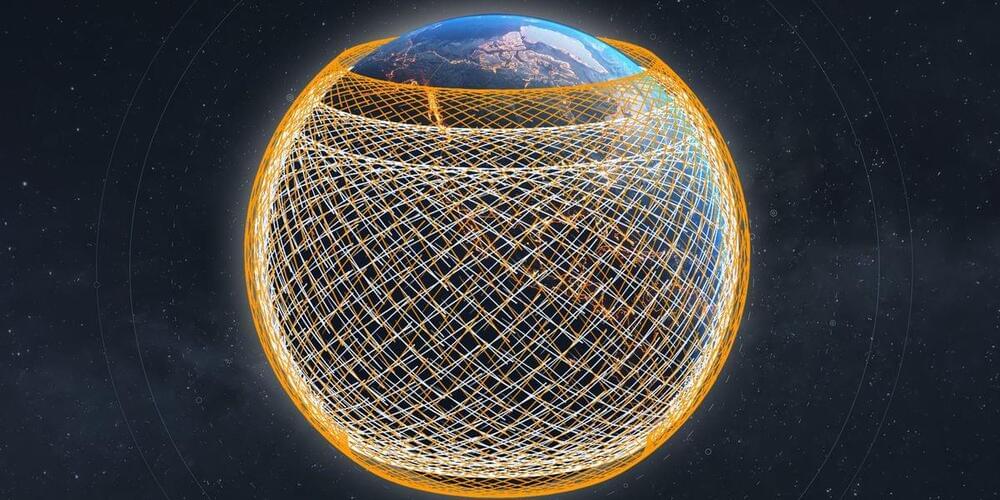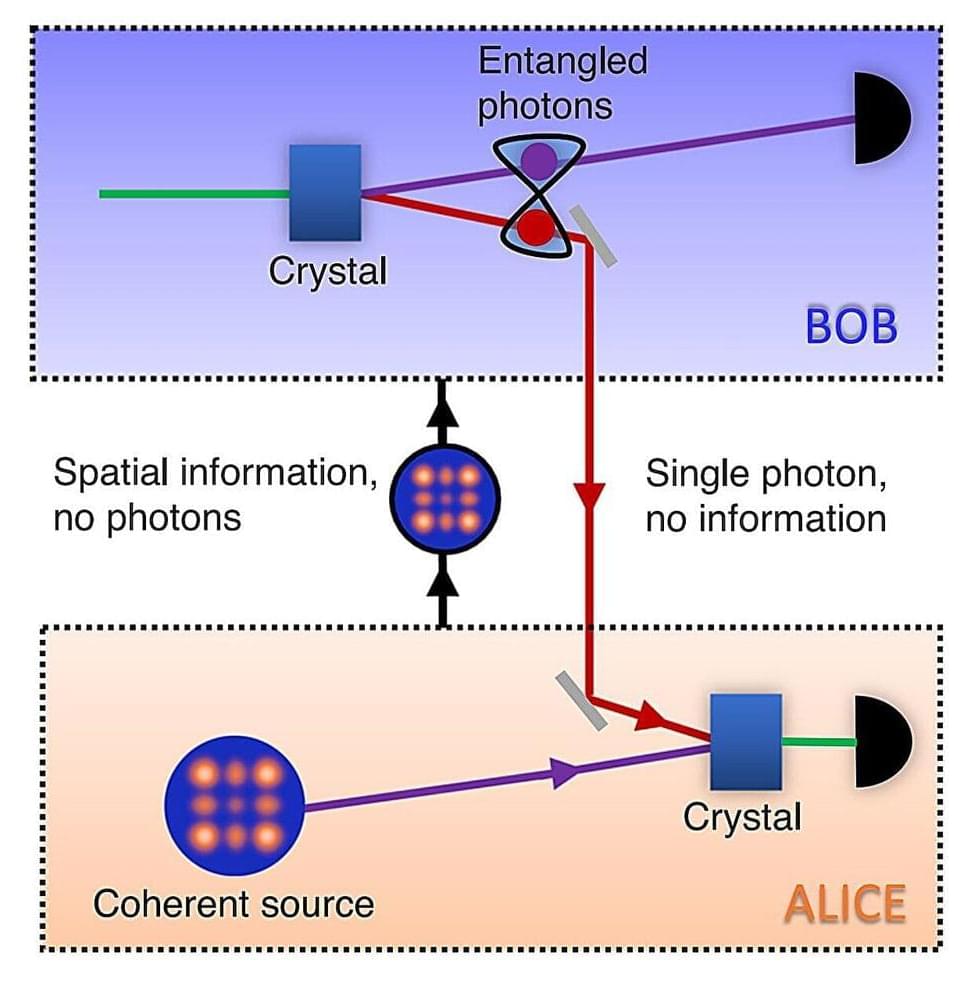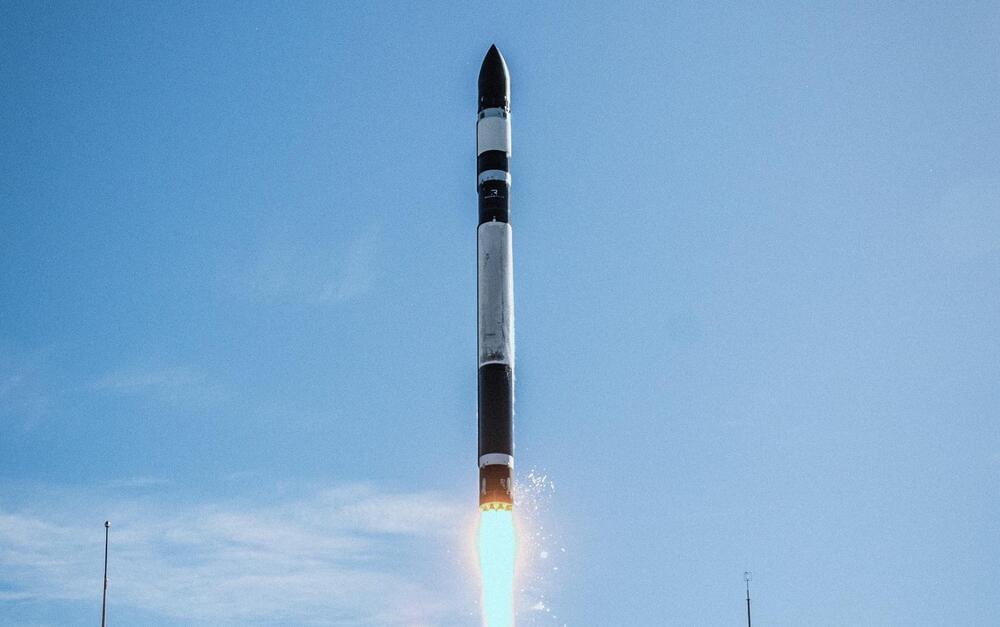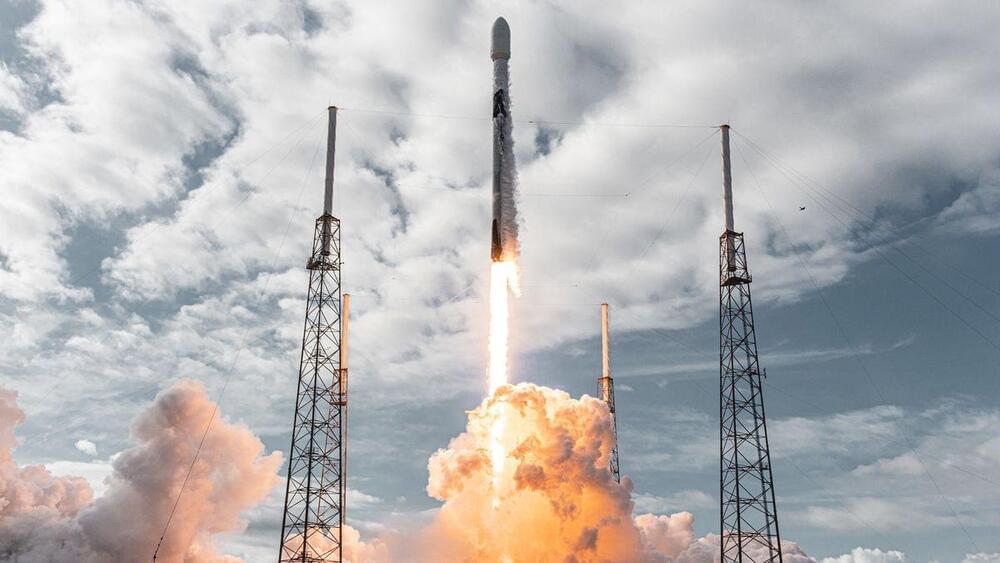In a new breakthrough, researchers have used a novel technique to confirm a previously undetected physics phenomenon that could be used to improve data storage in the next generation of computer devices.
Spintronic memories, utilized in advanced computers and satellites, leverage the magnetic states produced by the intrinsic angular momentum of electrons for data storage and retrieval. Depending on its physical motion, an electron’s spin produces a magnetic current. Known as the “spin Hall effect,” this has key applications for magnetic materials across many different fields, ranging from low-power electronics to fundamental quantum mechanics.
More recently, scientists have found that electrons are also capable of generating electricity through a second kind of movement: orbital angular momentum, similar to how Earth revolves around the sun. This is known as the “orbital Hall effect,” said Roland Kawakami, co-author of the study and a professor in physics at The Ohio State University.




